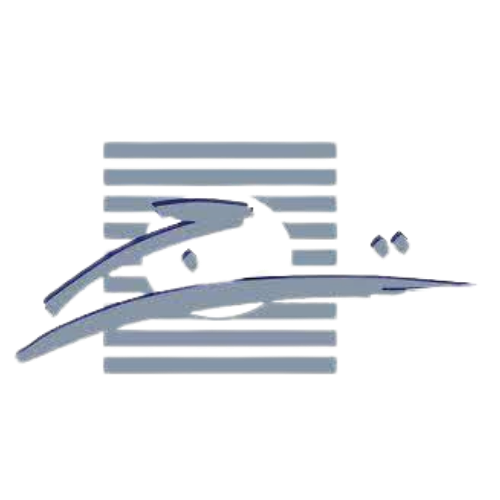Tunis University Home

Background
The University of Tunis (1958-2018): sixty years at the service of teaching, research and executive training In 2018, the University of Tunis symbolically celebrated its sixtieth anniversary because it did not was created ex-nihilo. Built on previous foundations, it brought together precursor elements, in synergy and convergence that resulted in a legally recognized structure. It was the Education Reform Act of 1958 that gave it a pre-birth. It was a synthetic text, consecrating the de facto existence of a fragmented higher education.
Two years later, the decree of March 13, 1960, will constitute the official birth certificate of a National University that succeeds in bringing together dispersed courses and disparate sections, which took the place of higher education, especially since the creation in 1945 of the Institut des Hautes Etudes de Tunis, attached to the Academy of Paris. Since 1960, several pieces of legislation have emerged to organize higher education and scientific research. In December 1987, our university was named the University of Letters, Arts and Human Sciences. In 2000 it recovered its initial designation, namely, University of Tunis. Exploded in space, the University of Tunis today brings together 15 teaching and research establishments.
It has a faculty, ten institutes and four schools that offer a wide range of disciplines and courses and prepare for various diplomas. several pieces of legislation have emerged to organise higher education and scientific research. In December 1987, our university was named the University of Letters, Arts and Human Sciences.
Sign in to add your comment.
Suggested Pages
Quick Review
Enrollment
27,500
Type
Non-profit
Funding
Public-private partnership
Languages
Arabic, Frech and English
Acceptance rate
15%
Highest Degree
Doctorate
- 3267 of 14.160 in the World
- 71 of 1,103 in Africa
